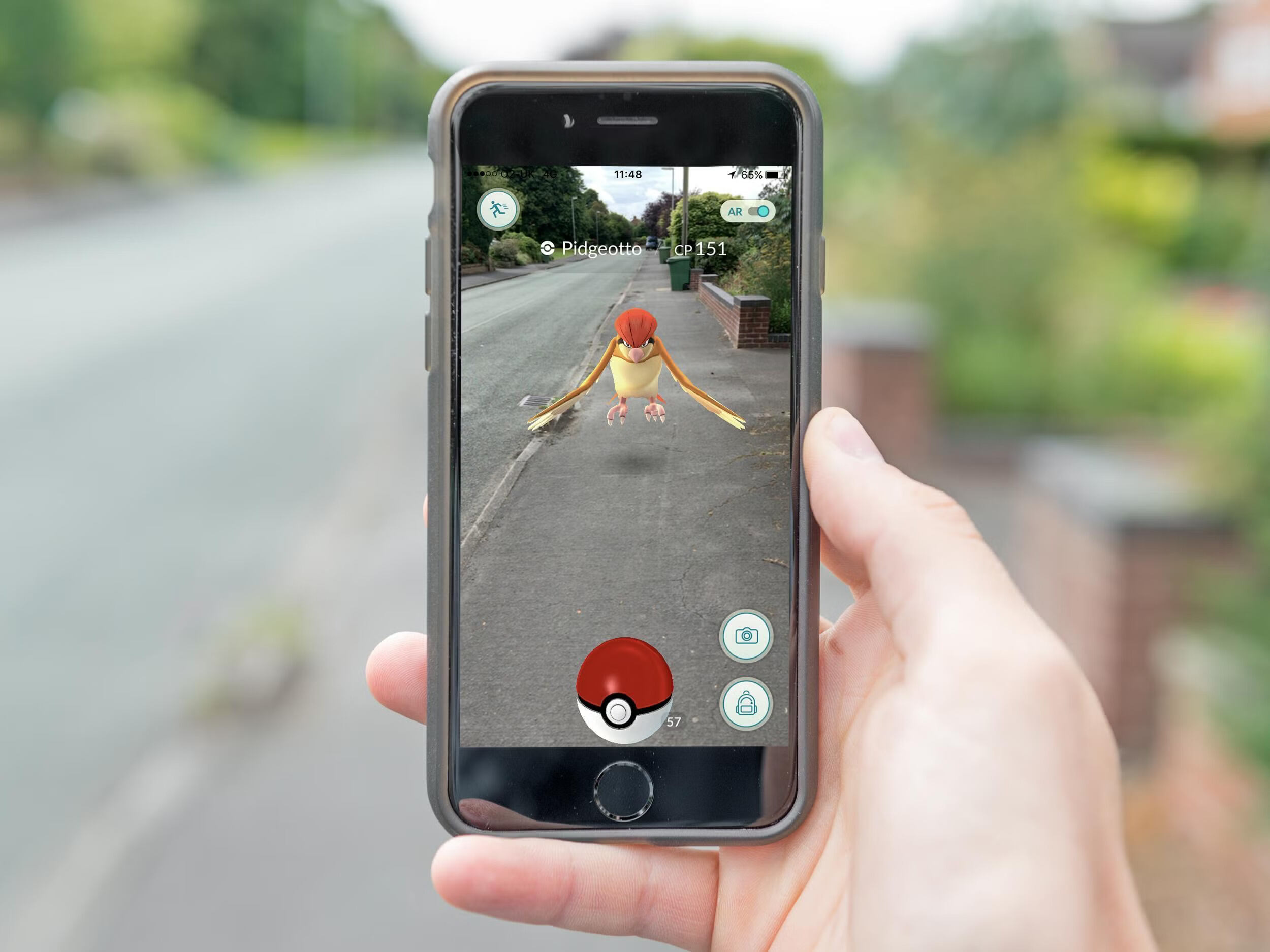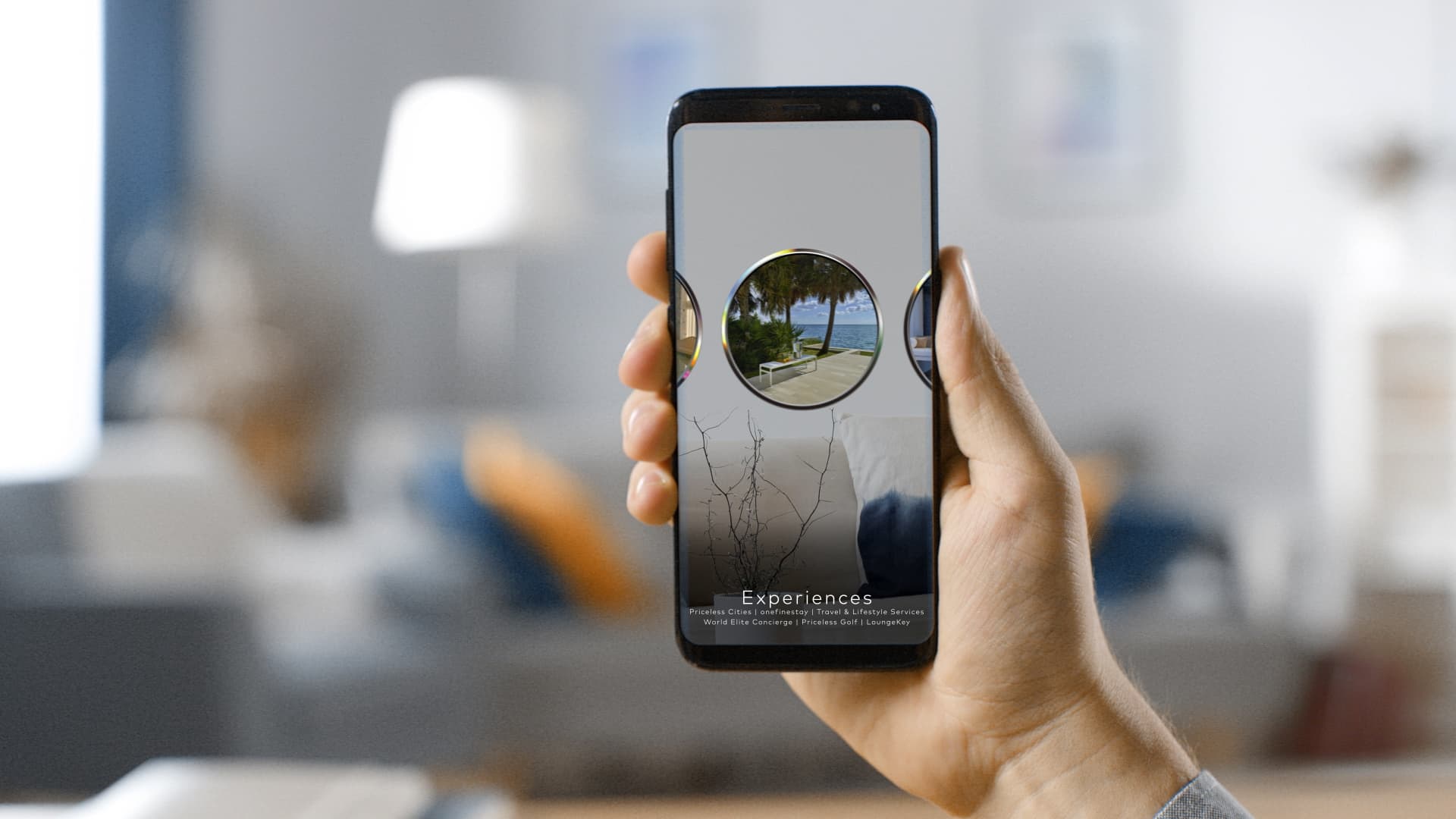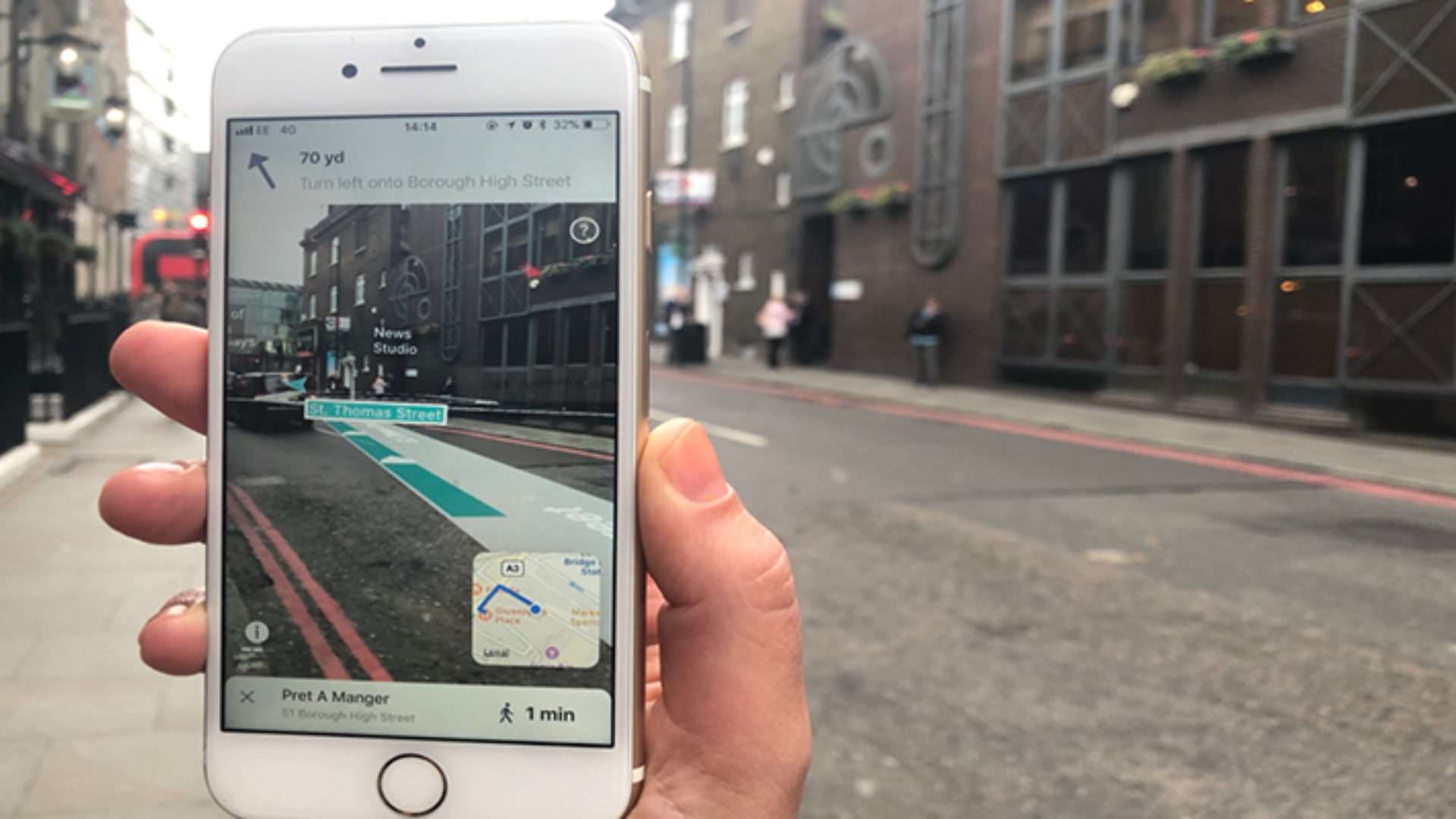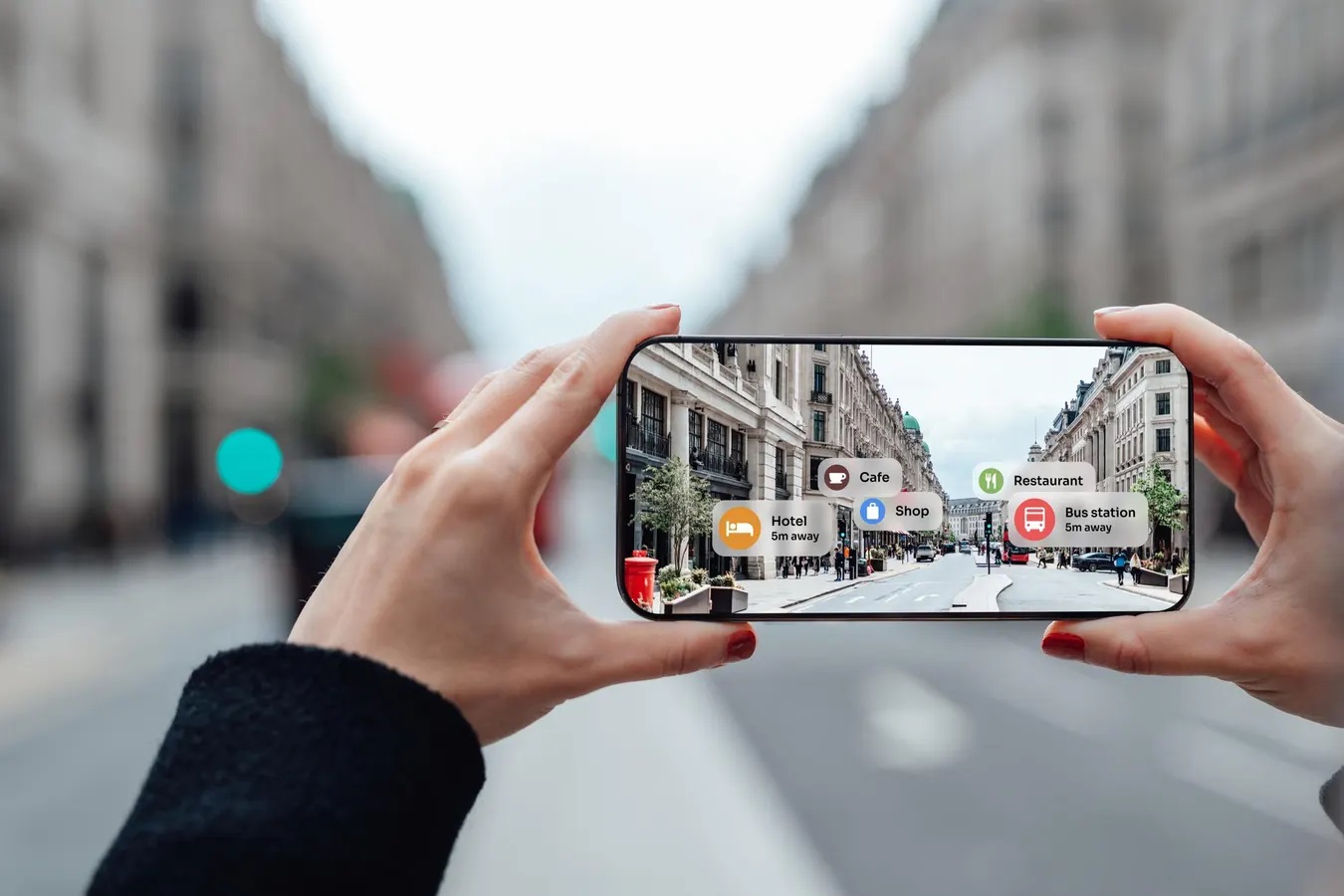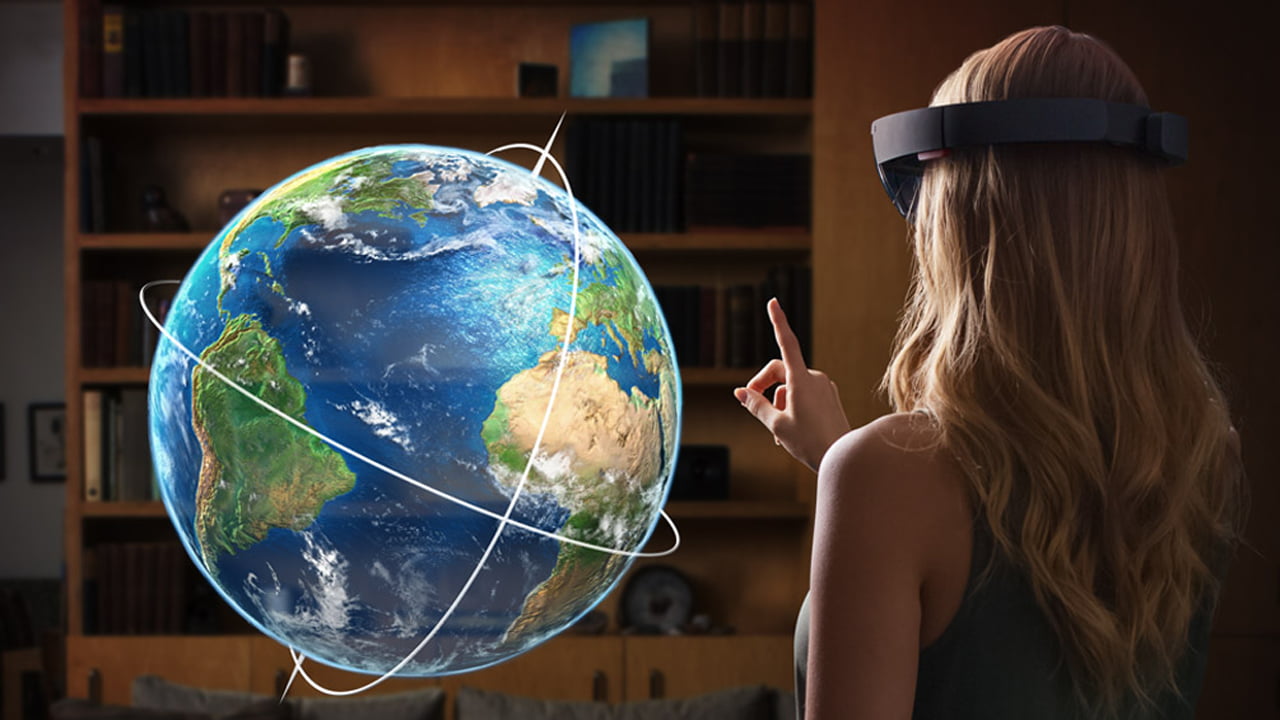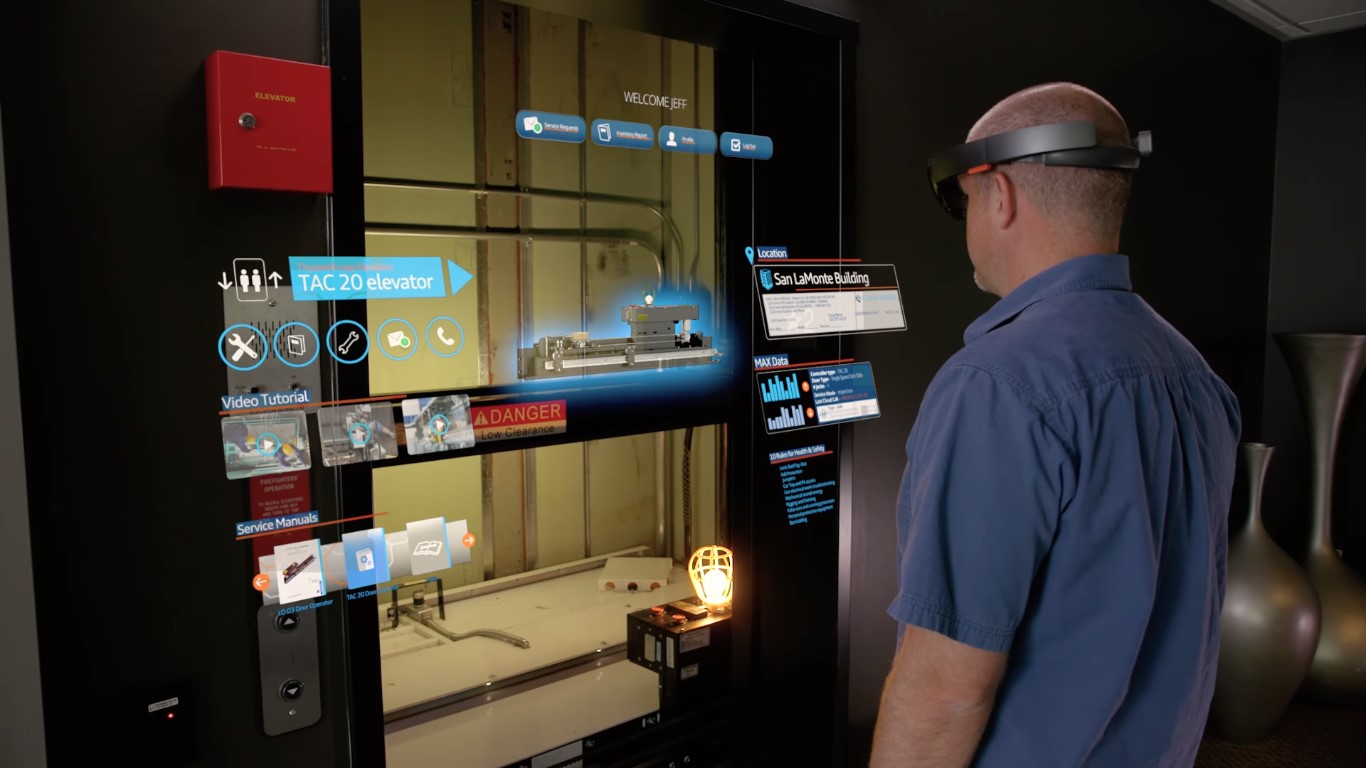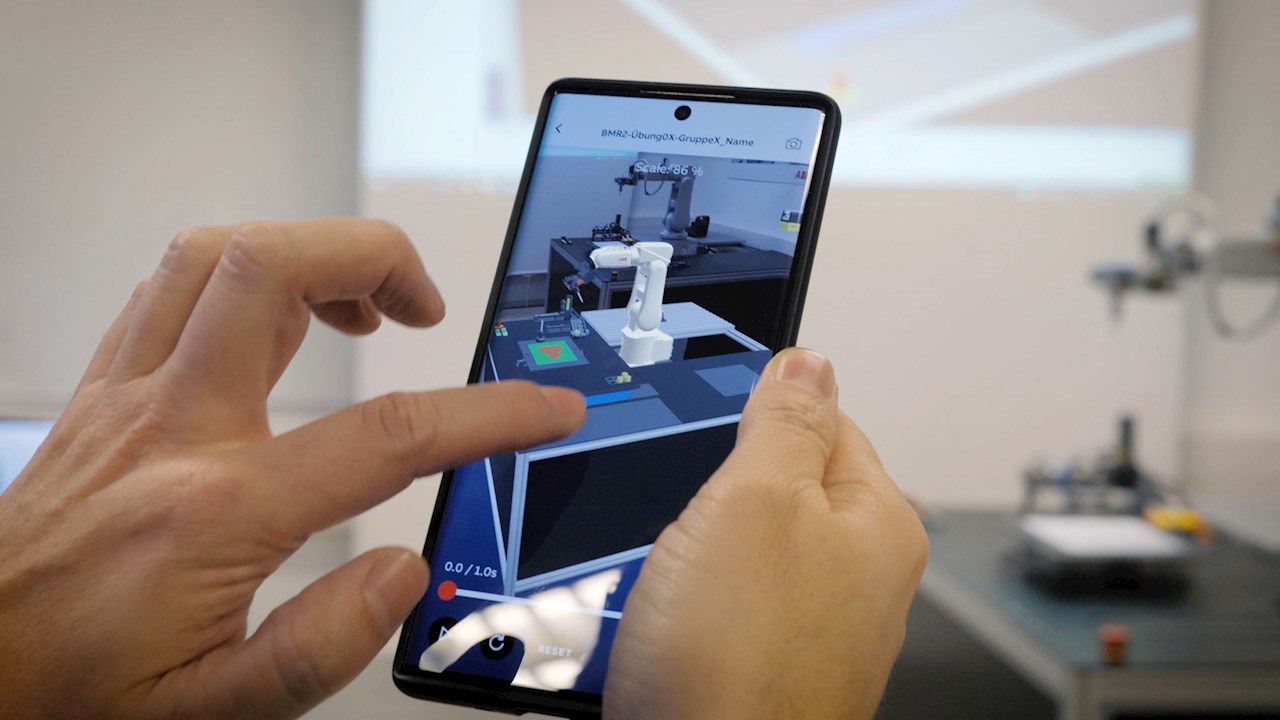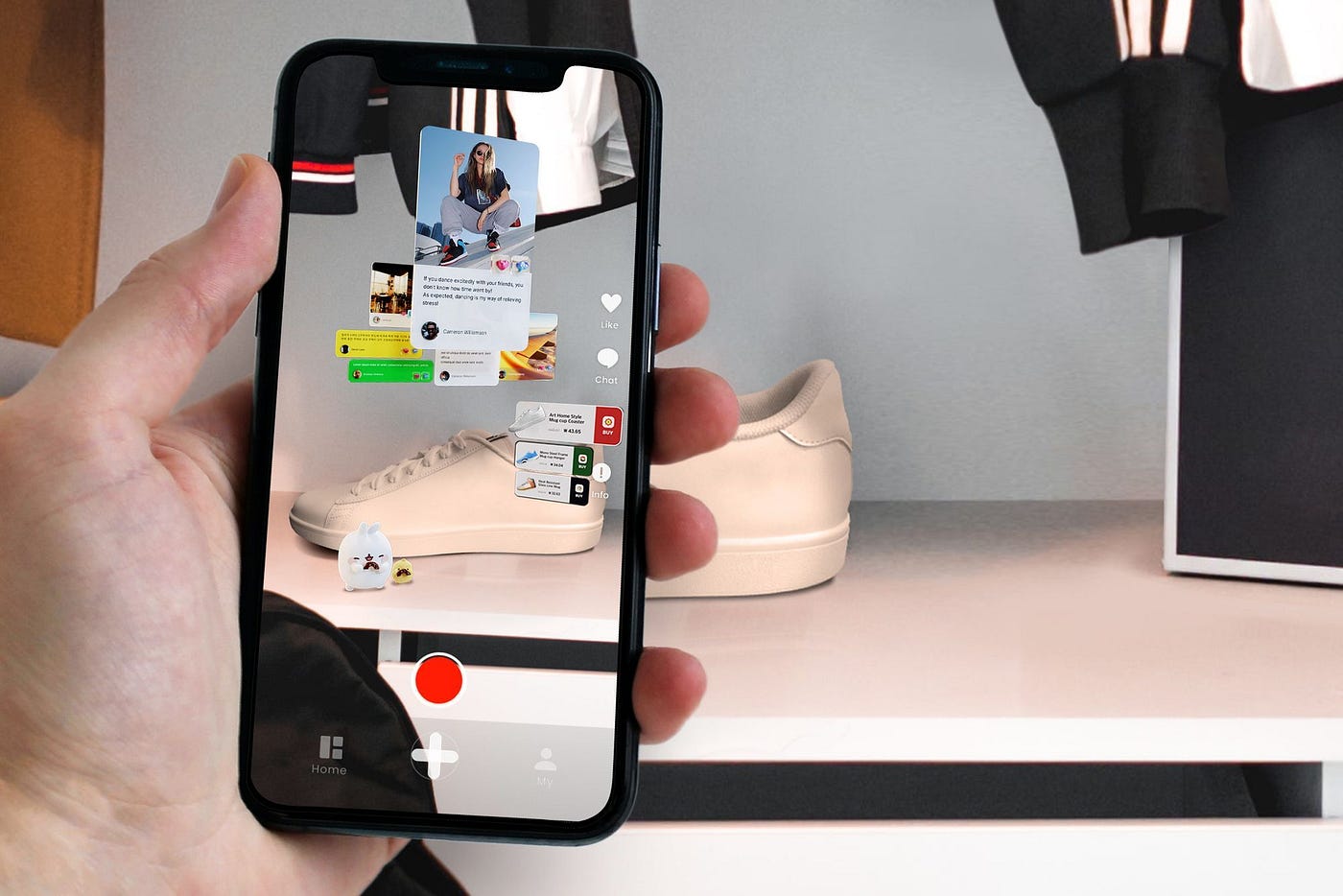Home>Latest News>Technology Trends>How Is A Game Like Pokemon Go An Example Of Augmented Reality?
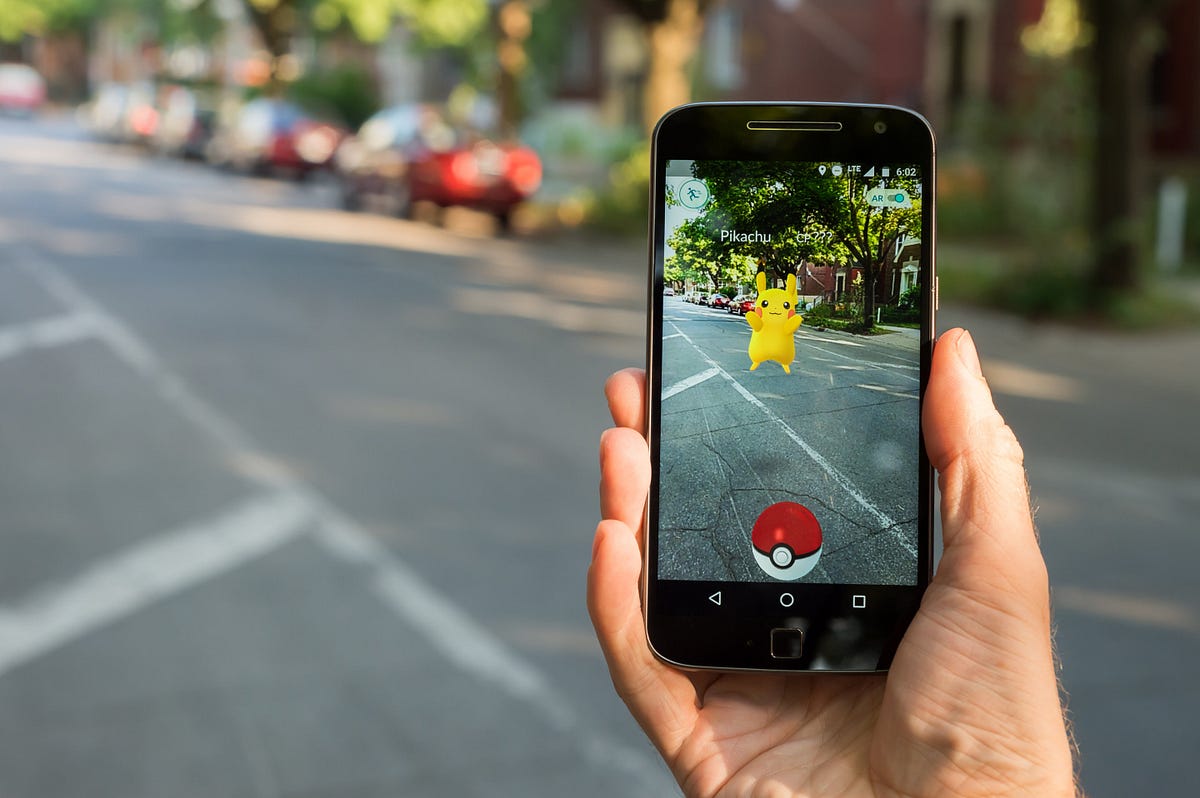

Technology Trends
How Is A Game Like Pokemon Go An Example Of Augmented Reality?
Modified: September 5, 2024
Discover how the popular game Pokemon Go exemplifies the latest technology trends in augmented reality, and its impact on the gaming industry. Explore the intersection of technology and entertainment.
(Many of the links in this article redirect to a specific reviewed product. Your purchase of these products through affiliate links helps to generate commission for Techsplurge.com, at no extra cost. Learn more)
Table of Contents
What is Augmented Reality?
Augmented Reality (AR) overlays digital information onto the real world. Unlike Virtual Reality (VR), which creates a completely virtual environment, AR enhances the real world by adding virtual objects, sounds, or other sensory inputs. Various devices such as smartphones, tablets, smart glasses, or headsets can achieve this.
The term "augmented" implies that digital information enhances or adds to the real-world environment rather than replacing it. AR can be categorized into two main types: Marker-based AR and Markerless AR. Marker-based AR uses physical markers like QR codes or images to trigger the display of digital content. Markerless AR, on the other hand, uses the device's camera and sensors to detect the environment and superimpose digital information accordingly.
Read more: What Are AR Games
Pokémon Go as an Example of Augmented Reality
Pokémon Go is one of the most successful AR games ever created. It was designed to bring the popular Pokémon franchise into the real world by using a player's smartphone camera and GPS to locate and capture virtual Pokémon that appear in their surroundings. Here’s how it exemplifies AR:
Location-Based Gameplay
One of the key features of Pokémon Go is its location-based gameplay. The game uses GPS to determine the player's location and then displays virtual Pokémon in real-world locations. This means that players can encounter Pokémon while walking around their neighborhood or visiting popular landmarks. The game encourages players to explore their surroundings in search of these virtual creatures, making it an excellent example of how AR can enhance the real world by adding interactive elements to it.
Camera Integration
Pokémon Go uses the smartphone camera to display virtual objects in real-time. When a player encounters a Pokémon, it appears as if it is standing right in front of them. The game overlays the virtual Pokémon onto the real-world environment using the camera viewfinder. This integration allows players to see the Pokémon as if it were actually there, creating an immersive experience that blurs the line between the digital and physical worlds.
Real-World Interactions
The game encourages players to interact with their environment in new ways. For instance, players need to physically move around to catch Pokémon, visit PokéStops (locations where players can collect items), and battle at Gyms (locations where players can battle other trainers). These interactions not only make the game more engaging but also promote physical activity and exploration of one's surroundings.
Social Aspect
Pokémon Go has a strong social component that further enhances its AR experience. Players can join forces with friends or other trainers to battle at Gyms or participate in events like Community Days. The game also allows players to share their experiences on social media platforms like Instagram and Twitter, showcasing their catches and adventures.
Technical Implementation
To understand how Pokémon Go achieves its AR capabilities, let's look at some technical aspects:
Backend Infrastructure
Niantic uses a robust backend infrastructure powered by Google Maps and other mapping technologies to generate accurate locations for Pokémon spawns and other game elements. This infrastructure ensures that the game can scale globally while maintaining a consistent experience across different regions.
Client-Side Rendering
The client-side rendering is handled by the game's mobile app, which uses OpenGL ES for rendering 3D graphics on mobile devices. The app also leverages various sensors like GPS, accelerometer, and gyroscope to provide accurate positioning and orientation data.
Read more: The Advantages of Augmented Reality
Camera Processing
The camera processing involves complex algorithms that detect the environment and superimpose virtual objects accordingly. This is achieved through machine learning models that learn from vast amounts of data collected during testing phases.
Impact and Applications
Pokémon Go has had a significant impact on both gaming and technology industries:
Gaming Industry
Pokémon Go has set new standards for mobile gaming by introducing innovative mechanics like location-based gameplay and camera integration. Its success has inspired other developers to explore similar concepts in their own games, leading to a surge in AR-based gaming experiences.
Technology Industry
The technology behind Pokémon Go has also influenced broader applications beyond gaming:
- Retail: Retailers have started using AR to enhance customer experiences by providing virtual try-ons or product demonstrations.
- Education: Educational institutions are leveraging AR for interactive learning experiences that make complex concepts more engaging.
- Healthcare: Healthcare professionals are using AR for medical training simulations and patient education.
- Manufacturing: Manufacturers are employing AR for remote maintenance and assembly instructions.
Read more: The Rise of Augmented Reality Games
Challenges and Limitations
While Pokémon Go has been incredibly successful, it also faces several challenges and limitations:
Battery Drain
One of the major concerns with AR games like Pokémon Go is battery drain due to continuous GPS usage and camera processing. This can lead to frequent recharging sessions, which might deter some users.
Privacy Concerns
The use of GPS and camera data raises privacy concerns as it involves tracking users' locations and capturing images of their surroundings. Developers must ensure that they handle this data responsibly and transparently.
Technical Requirements
AR experiences often require high-performance hardware to run smoothly, which can limit accessibility on lower-end devices. This creates a barrier for users who do not have access to the latest smartphones or tablets.
Read more: Augmented Reality Business Card
Future Developments
As technology continues to advance, we can expect even more sophisticated AR experiences:
Advancements in Hardware
Improved hardware capabilities such as better processors, higher-resolution cameras, and advanced sensors will enable more complex AR applications.
Advancements in Software
Advancements in software development will lead to more efficient algorithms for processing camera data and integrating virtual objects seamlessly into real-world environments.
Increased Adoption
As more people become familiar with AR through games like Pokémon Go, its adoption will increase across various industries leading to widespread integration into daily life.
Pokémon Go serves as a prime example of how Augmented Reality can transform our interaction with the world around us. By leveraging location-based gameplay, camera integration, real-world interactions, and social aspects, Niantic created an immersive experience that not only entertained millions but also showcased the potential of AR technology. As technology continues to evolve at an exponential rate, recognizing both the opportunities and challenges presented by AR is vital. Addressing these challenges while pushing the boundaries of what is possible with this technology can unlock new possibilities that will shape our future interactions with reality itself.

